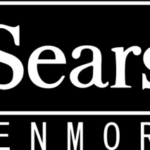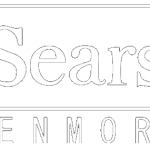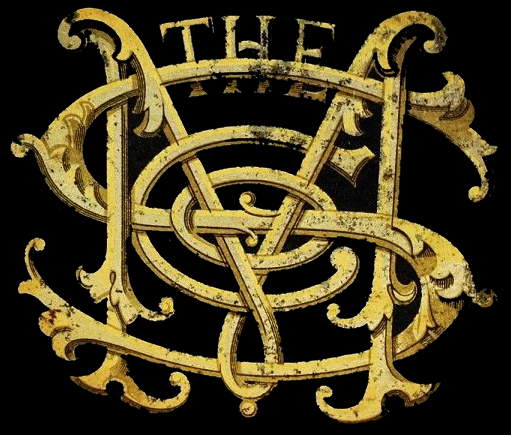
Some would think that simply by it’s size and hundreds of millions of machines made Singer would be one of the easiest machines to accurately date. However when you do a deep dive into what data is available you find that is not necessarily the case.
1n 1908 a massive fire at the Singer offices in Elizabeth, NJ destroyed a large part of the Singer archives dating back to the founding of the company in 1850/51 (Actual date disputed). For most of the years Pre-1900 when the serial numbers did not have lettered prefixes little production information survives and it is difficult to tell which models were produced when and in what quantities. Rather we have to rely on the range of serial numbers allotted by year to roughly date machines.
In the first table below please note that the No Letter Prefix tab will reveal the list of machines from 1871-1899. All of these tables are reproduced from those on International Sewing Machine Collectors’ Society (ISMACS) in a more up to date format that will be better displayed on mobile formats and corrected as much as possible with more current information from outside sources there may still be some conflicting information.
In subsequent years beyond 1900 and the advent of lettered prefixes to serial numbers the historical record becomes much clearer but still has discrepancies such as in the C Series when in 1945 the Russian Army destroyed all of the records and looted all of the machinery from the Wittenberg (Prussia) Germany factory. Please Note that we have additional information on the C Series machines made in Wittenberg and some dating information from other sources listed below in PDF Format that has yet to be verified.
There is perhaps an even more nefarious reason that Singer machines prior to 1900 are so difficult to put a firm date to.
Elias Howe of Cambridge, MA. had received U.S. Patent NO. 4750 on September 10, 1846 and after trying his luck in England for a couple of years returned to the America to find that his designs were widely being used in many manufacturers machines. Howe demanded that they cease their infringement or pay him a licensing fee; and with the sewing machine market building momentum, most readily agreed.
The exception was Issac Merritt Singer who forced Howe to defend his claim in court and in 1854 Howe prevailed and Singer had to pay him back royalties as well
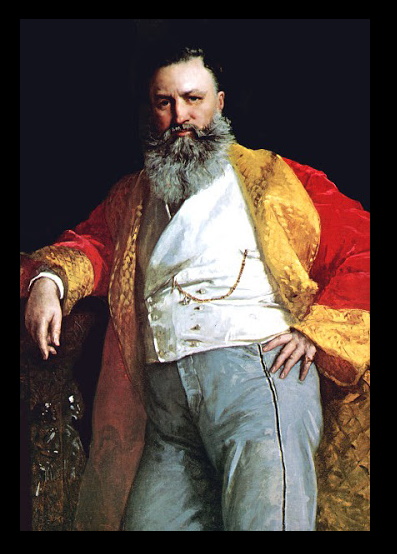
as issue him a minor stake in the Singer Manufacturing Co.
This set off what is known as the first patent war in the United States with literally hundreds of suits being filed to attach Howe’s patent and claim part of his royalties as improvements to his design or even against other manufacturers for infringement throwing the young industry into chaos.
In 1856 an agreement was reached between Howe and the major manufacturers in a confederation, which they called the Sewing Machine Combination. The group agreed to end the lawsuits against each other, allow common use of certain of their various patents, and litigate against infringers who violated the patents in their patent pool. This agreement remained in effect until 1877, when most of their patents expired, the Sewing Machine Combination was both feared and despised any of the non-member manufacturers of sewing machines.
Issac Merritt Singer was a moderately successful actor turned business man and in his personal life a well known philanderer and at least borderline alcoholic. He was also known as a shrewd dealer often setting up large lines of credit to overextend his suppliers and then take over their companies for pennies on the dollar.

Many people believe that one of the reasons so little information survives is that because of his limited education and lack of trust in others he was basically incapable of devising a system to track his massive company and it remained so until his death on July 23, 1875.
Even afterward fellow members of the Sewing Machine Combination would have probably found the now leaderless Singer Manufacturing Co. a tasty morsel to gobble up and new leadership might have been very wary of divulging too many internal details about their company so a bare bone accounting system might have served them well.
As a post script to the History of the Singer Sewing manufacturing Company as well as Elias Howe and Issac Singer, the invention of the sewing machine and what became it’s largest manufacturer in the world an alternative time line may well have played out.
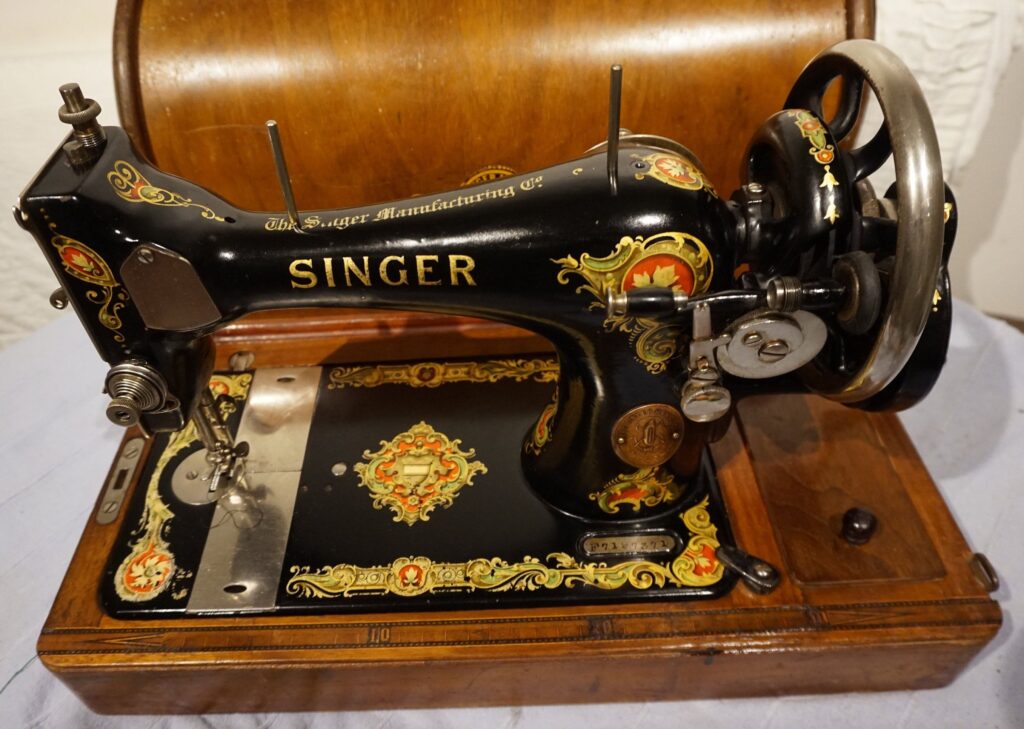
In 1844, English inventor John Fisher designed a sewing machine that would eliminate this disparity between the moving parts that had previously plagued other inventors to making a working prototype.
This was a full 2 years before the Howe patent was issued but due to irregularities in Fisher’s patent paperwork was never issued. Had it been though the resulting court case and judgement may have been between him and both Singer and Howe since both of their designs were virtually the same as the one Fisher had submitted.
</RANT>
Date by the serial number lettered prefix:
Multi-Letter Dating (unverified)
SINGER NON-Lettered Serial Numbers from 1850-1871 (unverified)
Please note that this is from an unverified source and while aligning closely with the ISMACS numbers for 1871 there is a substantial total difference for that year.
| YEAR: | Serial Allotment FROM: | Serial Allotment TO: | Total Allotment: |
|---|---|---|---|
| 1850 | 01 | 100 | 100 |
| 1851 | 101 | 900 | 800 |
| 1852 | 901 | 1711 | 811 |
| 1853 | 1712 | 2521 | 810 |
| 1854 | 2522 | 3400 | 879 |
| 1855 | 3401 | 4283 | 882 |
| 1856 | 4284 | 6847 | 2,564 |
| 1857 | 6848 | 10477 | 3,630 |
| 1858 | 10478 | 14071 | 3,594 |
| 1859 | 14072 | 25024 | 10,953 |
| 1860 | 25025 | 43000 | 17,976 |
| 1861 | 43001 | 61000 | 18,000 |
| 1862 | 61001 | 79396 | 18,396 |
| 1863 | 79397 | 99426 | 20,029 |
| 1864 | 99,427 | 123,058 | 23,632 |
| 1865 | 123,059 | 149,399 | 26,341 |
| 1866 | 149,400 | 180,360 | 30,961 |
| 1867 | 180,361 | 223,414 | 43,054 |
| 1868 | 223,415 | 283,044 | 59,630 |
| 1869 | 283,045 | 369,826 | 86,781 |
| 1870 | 369,827 | 497,660 | 127,833 |
| 1871 | 497,661 | 913,999 | 416,339 |
C Series Serial Numbers of Machines made in Wittenberge Germany
Series C Models,Valuation and Dates of Wittenberge Machines
Singer Dates By Model Number
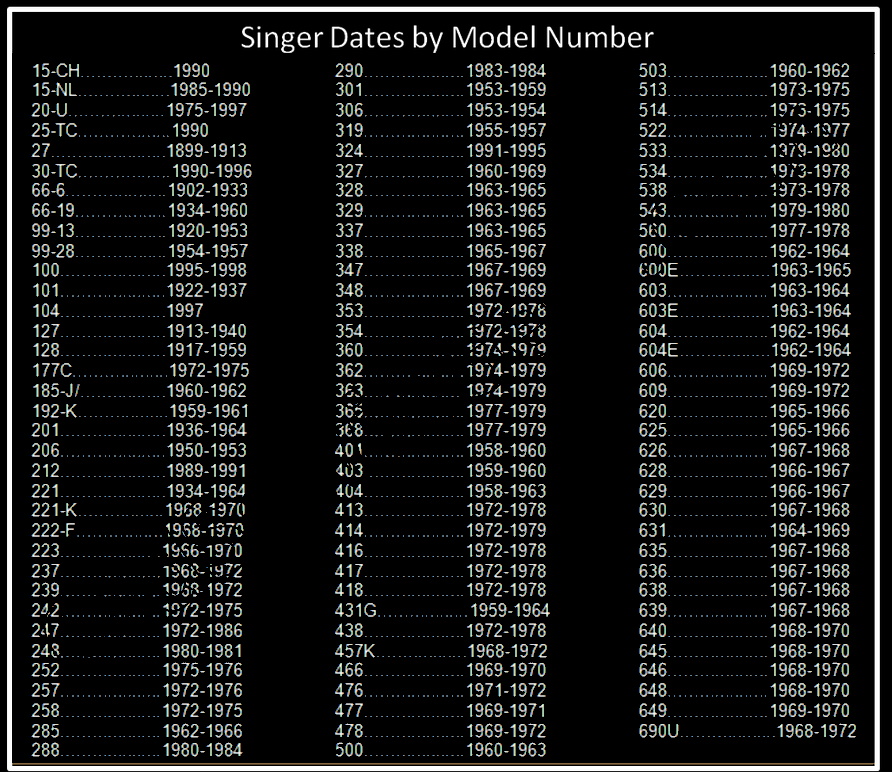
Geographic Location of Manufacture by Serial Number 2 Letter Prefix
AA to AT – Elizabeth, New Jersey USA – Beginning 1900
BA to BY – Elizabeth, New Jersey USA – Beginning 1900
CA to CY – Bogota, Colombia
DA to DY – Karachi, Pakistan
EA to EY – Clydebank, Scotland, UK
FA to FY – Clydebank, Scotland, UK
GA to GY – Clydebank, Scotland, UK
HA to HY – Istanbul, Turkey
JA to JE – Saint-Jean-sur-Richelieu, Québec, Canada
KA to KY – Buenos Aires, Argentina
LA to LY – Taytay, Philippines
MA to MY – Monza, Italy
NA to NC – Anderson, South Carolina USA
ND to NY – Taichung, Taiwan
PA to PY – Karlsruhe, Germany
RA to RY – Campinas, Brazil
SA to SN – Bonnieres, France
SP to SY – Lima, Peru
TA to TY – Utsunomiya, Japan
VA to VY – Penrith, NSW Australia
WA to WY – Santiago, Chile
YA to YY – Queretare, Mexico


